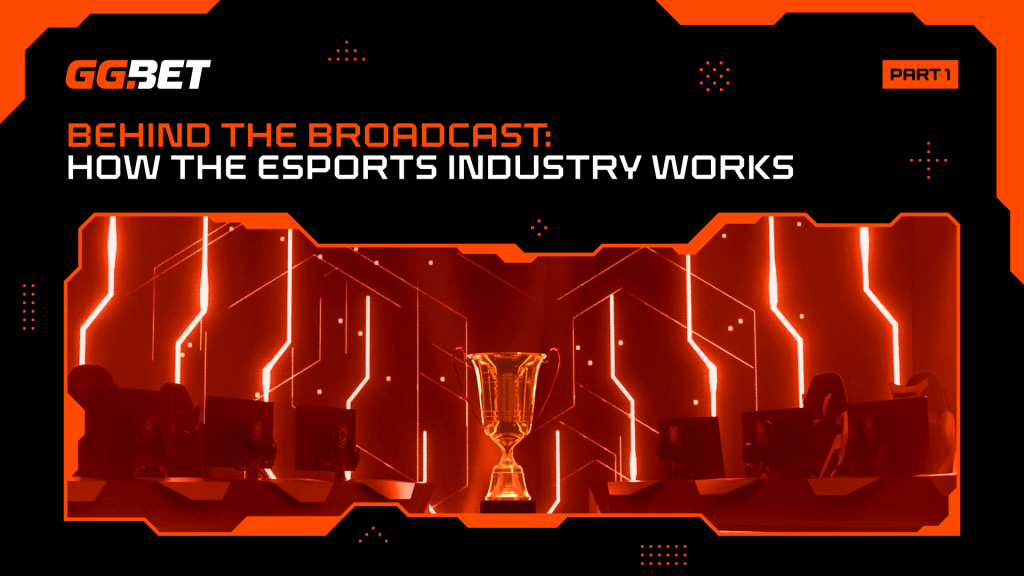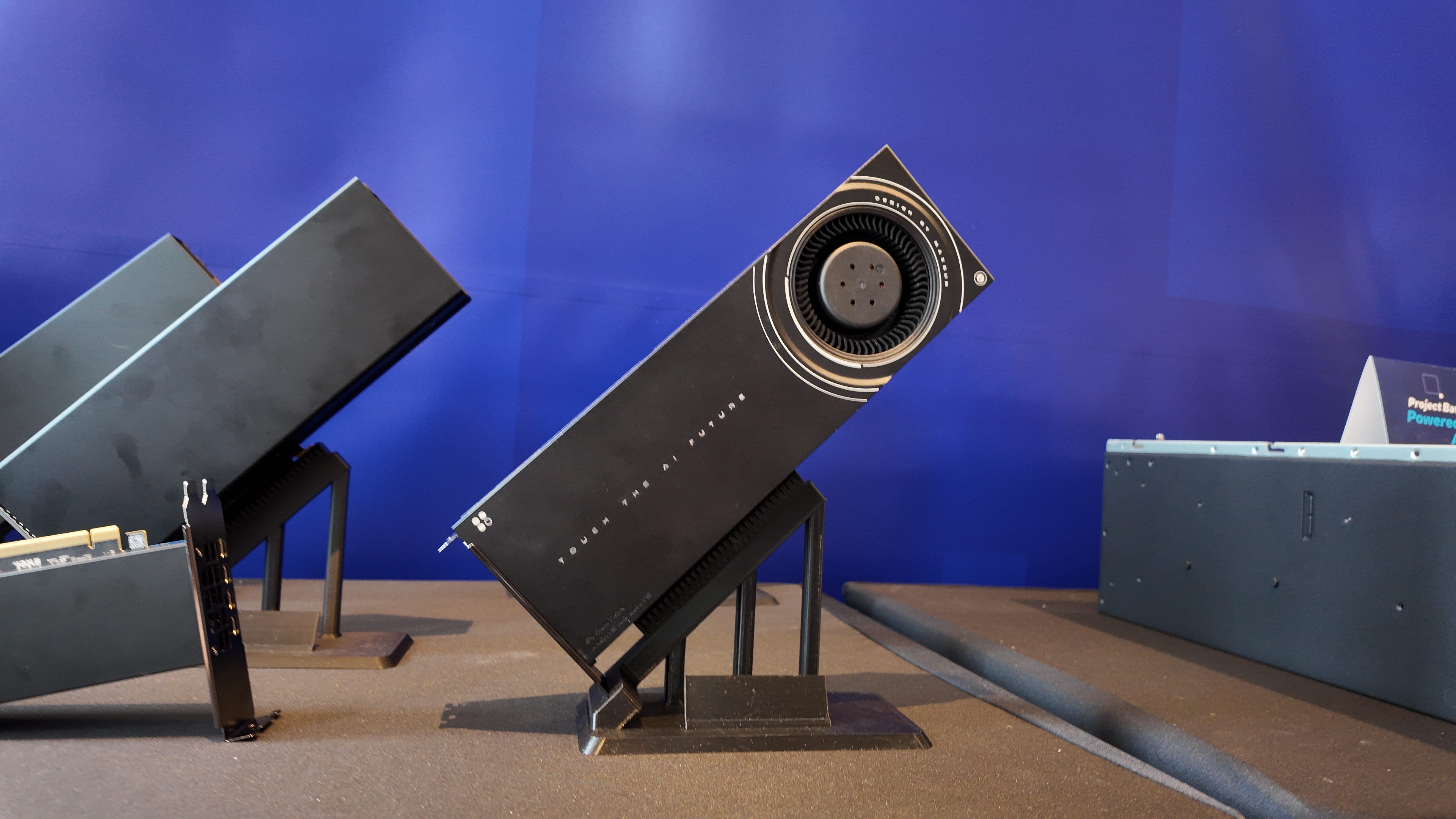
Behind the Broadcast Part 1: Teams and tournaments
Image credit: GG.BET / Esports Insider
In modern day mainstream sports, most information is out in the open. If you want to know a player’s salary there’s a website for it; if you want to know why a player signed for a team, a journalist has reported it; and if you want to know about a sports’ inner workings you can watch a video on it. But for esports, there is still a veil of mystery surrounding what goes on behind the scenes, and fans are often left in the dark.
In a new three part series, Esports Insider, in collaboration with betting brand GG.BET, takes a peek behind the curtain and reveals how the esports industry works. This first article looks at esports organisations and tournaments.
Tournaments and teams are the backbone of every esport — one gives them the competition they love watching, the other gives them the teams they can root for. Together they create storylines which keep fans coming back for more. But how do these tournaments make money, how do they run, and why do teams attend?
GG.BET: Esports winter, the betting market and 2024 plans
GG.BET to host CS:GO showmatch between NAVI and Team Vitality
The tournaments
Esports tournaments and leagues can be structured in many different ways. For starters, they can be run directly by a game’s developer (a company that has created the game) or publisher (a company designed to promote the game). In some cases a company can be both the game’s developer and publisher. The biggest example is that the VALORANT Champions Tour and League of Legends esports ecosystem are run by Riot Games.
There are also third-party tournament organisers like ESL or BLAST, who operate tournaments on behalf of the publisher, such as the Rainbow Six Siege esports ecosystem.
Another major difference in how esports events are structured is which teams get to compete. Some esports leagues use franchising — which is where organisations pay for a permanent spot in the league and can’t be relegated. This structure is often seen in American sports leagues such as the NFL or the NBA.
League of Legends, Call of Duty, and Mobile Legends are notable titles that operate franchised leagues. However, Counter-Strike is actively on the opposite side of the spectrum. The games’ publisher, Valve, has always tried to keep its Major tournaments an ‘Open Circuit’ which is where any team can make the tournament through a series of open qualifiers. That being said, there are third-party run Counter-Strike leagues where teams acquire ‘partner’ slots. However, in 2025 Valve will be eliminating this model.
Tournaments are an expensive business; it takes a lot to run one as it includes a big team of staff, often a big prize pool, and a high production value. The cost of producing a tier one esports event is often numerous times higher than the prize pool that fans see. So how do these tournaments make money?
There are lots of different approaches tournaments take in order to make a profit with the most common being sponsors and partnerships. Sponsors not only bring in revenue but often cut down the costs of running the event as, for example, an ‘official monitor partner’ often provides the tournament with free monitors to use. The Six Invitational 2024 welcomed seven partners on-board for its event which brought in a mix of sponsorship revenue and provided players with gaming equipment.
One of the biggest sponsors in esports are betting companies. This is typically because partnerships provide significant benefits to both sides — additional revenue for tournament organisers and crucial marketing for bookmakers.
Image credit: GG.BET / Esports Insider
Dmytro Voshkarin, CEO of GGBET UA, explained: “By sponsoring huge tournaments, operators can raise awareness of their brand and bolster its image while also promoting the development of esports. And thanks to the additional funding, the tournament organisers can put on larger, more exciting events, which, in turn, will attract even more esports fans.”
For most brands though, just displaying a name or logo throughout the event isn’t enough to increase brand awareness, with many users suffering from ‘banner blindness’. As such, most tournaments also feature unique brand-led activations.
Voshkarin continued: “During the PGL Major Antwerp 2022, we [GG.BET] put together an interactive stand in the arena, organised an autograph session with NAVI, set up a quiz for fans attending the event, and put together hours and hours of creative content.”
For regional tournament organisers, sponsorship revenue is not just one of many streams that helps to keep them in business, but in-fact it is vital to their ability to operate. Jon Winkle, managing director of EPIC.LAN explains: “As a standalone event, we don’t actually make money on our core EPIC.LAN events, we are just about at the point of covering our costs on a full event.
“Events in the UK are really expensive to put on, especially when it comes to infrastructure costs for things like power and connectivity. We’re at a point where participants are stretched financially and can’t afford ticket price increases and we all know the state of sponsorship in the industry right now. Pre-COVID our events were pretty much funded on ticket sales alone, now around 40% comes from strong partnerships, without those our events would simply not exist now.”
Other ways that tournaments make profit are from ticket sales and selling merchandise at the venue. Increasingly, some local governments are willing to provide grants or tax incentives to bring esports events to their city, another growing revenue stream for tournament organisers.
Aleksib (NAVI) and ZywOo (Team Vitality) play in mixed team during GG.BET’s Match of LeGGends in 2023. Image credit: GG.BET
The teams
These tournaments wouldn’t be able to run without esports organisations, and vice versa. So, how do these organisations operate? Organisations select teams to represent them in each game.
“There are some esports titles where you have to be there, no matter what, if you want to be the best team in the world. For games like League of Legends and Counter-Strike it’s not even a choice. It’s a necessity,” emphasised Nicolas Maurer, CEO of European esports organisation Team Vitality.“Our strategy involves a mixture of strategic community approaches. Rocket League is a prime example of that. It is extremely successful in France.
Every organisation’s reasoning behind picking up an esports team for a certain game is going to be different. However, the main factors are usually tied to the performance of the team, the popularity of the esport itself, the players’ brand, and the cost of running the team versus the potential profit to be made from the esport.
Maurer continued: “Each game in our portfolio serves a different purpose, and there are varying reasons behind investing and attending events.”
Speaking of cost, it’s important to note how these organisations keep operating. Oftentimes there is a misunderstanding of how organisations operate with many fans believing that the profits from prize pools are enough.
Just like tournaments, there are multiple revenue streams and different organisations take different approaches. Just like tournaments, sponsors and partners are the main way to make money.
Teams will usually have lots of different sponsorship deals, which can range in value from thousand to million-dollar deals. Sponsor deals can also be linked to a team’s merchandise, such as jerseys and hoodies.
“Our main sources of revenue stem from partnerships and sponsorships, providing a constant stream of income,” added Maurer.
“However, their reliability is influenced by market conditions and our own performance, so our monetisation strategies need to be adaptive. Additionally we benefit from league revenue, such as LEC, ESL Pro League, BLAST, VCT which are secured as multi-year contracts. This adds another layer of reliability to our revenue streams, ensuring financial stability.”
Additionally, some esports titles give teams a cut of in-game item sales. In Rocket League, selected organisations gain themed skins for cars that are available in the game’s shop. These profits are split between the team the skin belongs to and the game publisher. Meanwhile in CS2, every team that makes the Major gets a cut of the sticker money that is generated during that Major. In VALORANT, teams made $33m from esports item sales in 2023 alone.
So if teams make money from sponsorships and in-game item sales, what benefits are there for the organisations to attend tournaments?
The obvious answer is the prize pool — but the cost of attending can outweigh or be equal to the rewards from the prize pool, especially for lower tier tournaments. So why attend?
Tournaments are a crucial part of an organisation’s marketing operations as it provides brand exposure to fans and potential partners. Attending events creates opportunities to bolster its existing fandom or create new fans, through meet-and-greets and creating unique content. Meanwhile the team’s existing sponsors receive exposure from viewers watching at home through jersey logo placements.
Overall, attending events can provide an organisation with more opportunities to make money, which is more vital than ever before as teams struggle to generate revenue.
That concludes the first look behind the curtain; the next article will be a deep dive into the art of running an esports event and broadcast.
Supported by GG.BET







